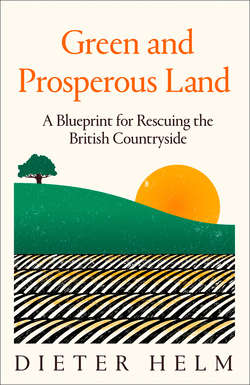Читать книгу Green and Prosperous Land - Dieter Helm, Dieter Helm - Страница 24
3 RESTORING RIVERS
ОглавлениеWhat could rivers, nature’s plotlines, be like in 2050? How might they be enhanced? The water quality could be good and free from pollutants. They could follow more natural paths, with meanders and oxbow lakes, rapids and gentle floodplains. They could flood from time to time, creating and sustaining the floodplains. The wildlife could be plentiful, with otters and dippers and kingfishers and grey wagtails. Salmon and other migratory fish could be better able to breed. There would be abundant aquatic plants and invertebrate life. The rivers would be accessible for boats and children and recreation. There could be river paths for walkers, stretches for canoes and for anglers and birdwatchers.
How could we achieve a much better outcome by 2050, and why would it enhance prosperity? The main steps are obvious: protect and enhance the peat bogs and upper river catchments; go for natural capital solutions in the upper valleys; keep farm pollution and soil from entering the rivers; reduce phosphorus, pharmaceutical and other emissions from water-treatment works and, better still, stop them getting into the sewerage system in the first place; stop storm overflows pouring raw sewage into the rivers; manage abstractions more effectively, and address leakage; stop industrial pollution entering the rivers and limit surface run-off; and, finally, open up access so we can all enjoy greener and more prosperous rivers.
Do all this and our rivers will thrive, and we will all be better off as a result. Each and every one of these steps is practical and can be implemented now. They all fit together. What is needed to get from here to there is to treat the catchment as a system, and to take a whole-system approach.
